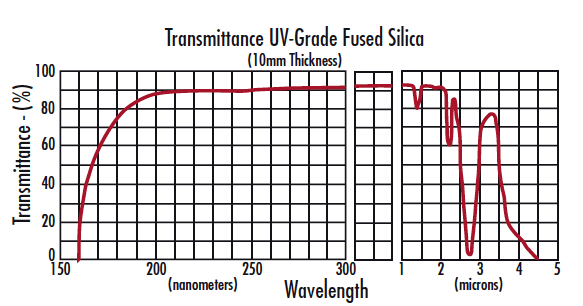The latest collaboration between the Super Rice Germplasm Innovation Team of the Chinese Academy of Agricultural Sciences and the Institute of Genetics and Developmental Biology of the Chinese Academy of Sciences found that rice chromosome copy number variation can regulate the grain length and quality of rice, which is the molecular shape of rice. The foundation for designing, breeding high-yield and high-quality rice varieties has been laid. On July 6, the internationally renowned academic journal Nature-Genetics published this achievement.
Grain shape is the main indicator for measuring the appearance quality of rice, and also an important factor affecting rice yield traits. Unlike most short round indica rice, American long-grain rice is slender and shiny. The Chinese Academy of Agricultural Sciences and other teams fine-tuned the GL7 gene, a granule length control gene carried by American long-grained indica rice, in a region of rice chromosome 7; further genetic studies found that most of the US long-season japonica rice varieties, GL7 A large sequence of DNA repeats occurred in the site. The genomic structural variation leads to an increase in the expression of GL7 gene, down-regulation of the expression of the negative regulatory factor, and an increase in the granule length, which reveals a complex and precise genetic regulation mechanism of the long-grained rice grain length in the United States. Introducing the GL7 gene locus of the American long-grain indica rice into common rice varieties through molecular markers can significantly improve the appearance and quality of rice without affecting yield.
The study also found that in indica rice, the negative regulator adjacent to GL7 can inhibit the expression of GL7. Therefore, overexpression of GL7 gene has a more obvious phenotype than indica rice in indica rice. The sequence analysis of 96 varieties confirmed that the good quality of Guangdong high-quality japonica rice varieties such as “Yuefeng†was due to its simultaneous aggregation of GL7 and GS3 dominant sites. This result provides an important example of how gene copy number variation is selected and utilized during the breeding process.
High Precision Optical Glass Window
Windows are optical glass with ground and polished faces that are relatively parallel.They are used to isolate two physical environments while allowing light to pass.Windows made of BK7 material have high transmission in the visible spectral region, do not scratch easily, do not degrade under normal operating environment and hence do not need any special precaution or treatment. Anti-Reflective Coating will provide higher transmission.
China Star Optics offers all types of windows made from different materials. Such as N-BK7, Fused silica, sapphire,CaF2, Silicon, Borofloat, high borosilicate glass and other optical glass supplied by Schott and Chinese CDGM are available upon request.
Windows at shape of round,quadrate, triangular or other polygonal are also available upon request.In addition, we provide a variety of single layer or multiplayer anti-reflecting coating,HR,PR coatings on Optical Windows.

Specification of our optical windows as follow:
*Material:high borosilicate glass, BK7,UV-grade fused silica (JGS1) or other optical crystals materials
*Length tolerance:+/-0.01
*Width tolerance:+/-0.01
*Center thickness tolerance:0.005mm
*Surface quality:80-50 to 10-5 Scratch/Dig
*Surface flatness:<lambda to lambda/20
*Parallelism<=1min -- 2sec
*Clear Apenture:80% -- 100%
High Precision Optical Glass Window,High Purity Silica Windows,Optical Round Window,Standard Optical Windows
China Star Optics Technology Co.,Ltd. , https://www.realpoooptics.com